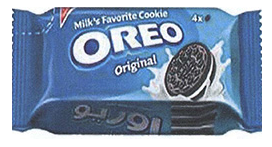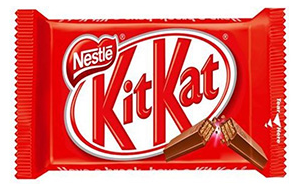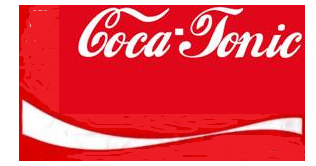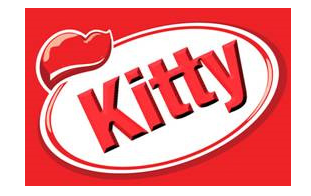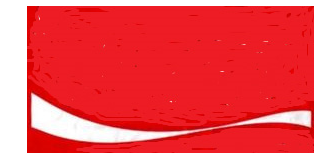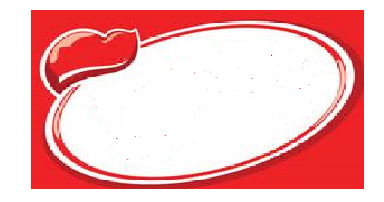Copycat products imported into South Africa often replicate well-known brands. In such cases, an analysis must be undertaken to determine whether the owner of the legitimate well-known brand can sue based on:
- South African counterfeit laws;
- trademark infringement;
- a type of unlawful competition known as passing off; or
- copyright infringement.
In order for the owner of a well-known trademark to sue based on pure trademark infringement in South Africa, it must have secured a registered trademark there.
Statutory trademark protection is typically sought in a given jurisdiction to protect:
- a primary word mark; and
- label marks that contain the primary word mark.
Word marks are often seen as the most important trademark because they are a brand's primary name (eg, Coca-Cola, Oreo and Kit Kat).
Label marks are also often protected by way of statutory trademark filings and registrations where, in addition to word marks, there is a distinct look and feel to the product's packaging. Below are examples of label marks that could be registered for the abovementioned well-known brands.
Figure 1
Figure 2
Figure 3
From an enforcement perspective, the difficulty comes when a third-party infringer manufactures a copycat product which has an entirely or markedly different word mark to that which is registered or is incorporated in a label mark that is registered, but adopts a confusingly similar get-up and packaging style to that used by the owner of a well-known brand and trademark.
Below are examples of fictitious copycat products.
Figure 1
Figure 2
Figure 3
Whether parties could rely on a registered word or label mark which incorporates their well-known word mark for purposes of trademark infringement or passing off against the above copycat products is unclear because the word marks, which include primary features of the composite trademarks, are arguably different on some level.
From an enforceability perspective, filing a part mark can help to avoid ambiguity.
Sections 18(1) and (2) of the Trademarks Act (193/1994) state as follows:
Where the proprietor of a trade mark claims to be entitled to the exclusive use of any part thereof separately, he may apply to register the whole and any such part as separate trade marks. Each such separate trade mark must satisfy all the requirements for registration of a trade mark under the Act and shall for all purposes be a registered trade mark.
Below are examples of part marks that can be filed for the above products.
Figure 1
Figure 2
Figure 3
Owners of well-known marks or marks that may become well known can assert registered rights in part marks no matter what word mark is imposed thereon. Whether part marks can assist in anti-counterfeiting strategies has yet to be tested in South Africa, as entirely different word marks imposed thereon could dilute the possibility that the copycat product is a colourable imitation. However, filing part marks can certainly assist with trademark infringement and enforcement.
This article was first published by the International Law Office, a premium online legal update service for major companies and law firms worldwide. Register for a free subscription.




